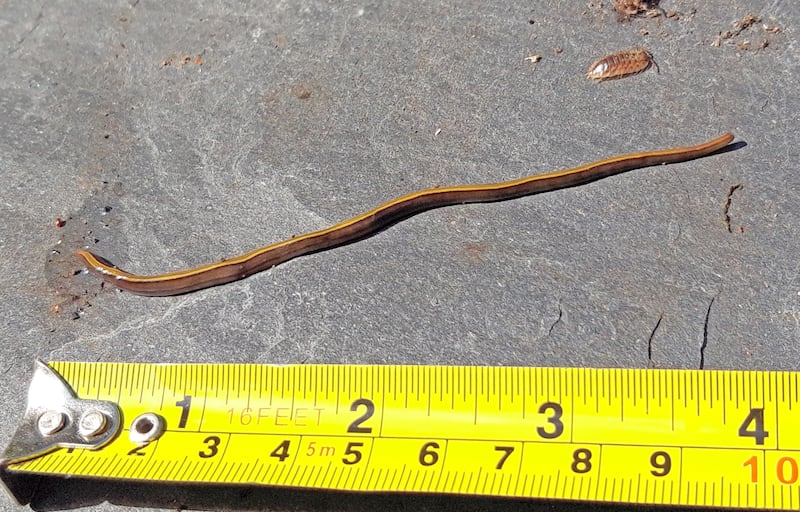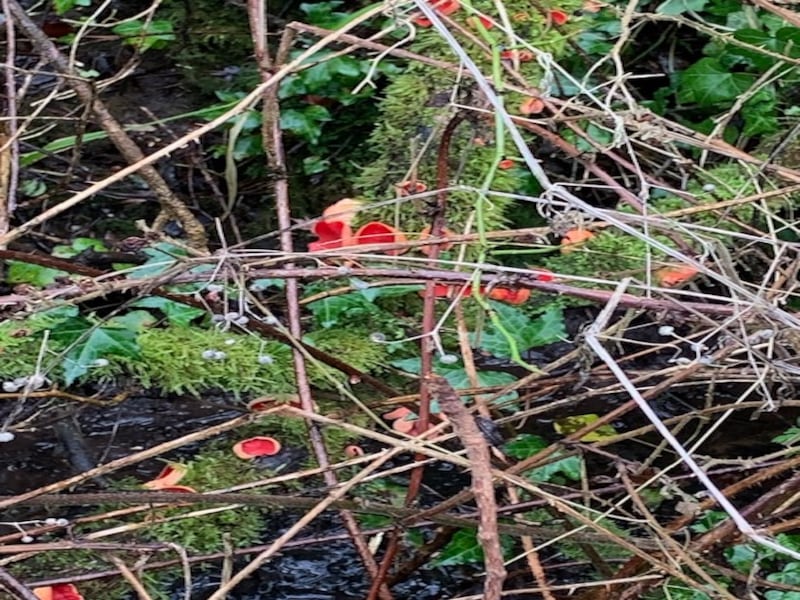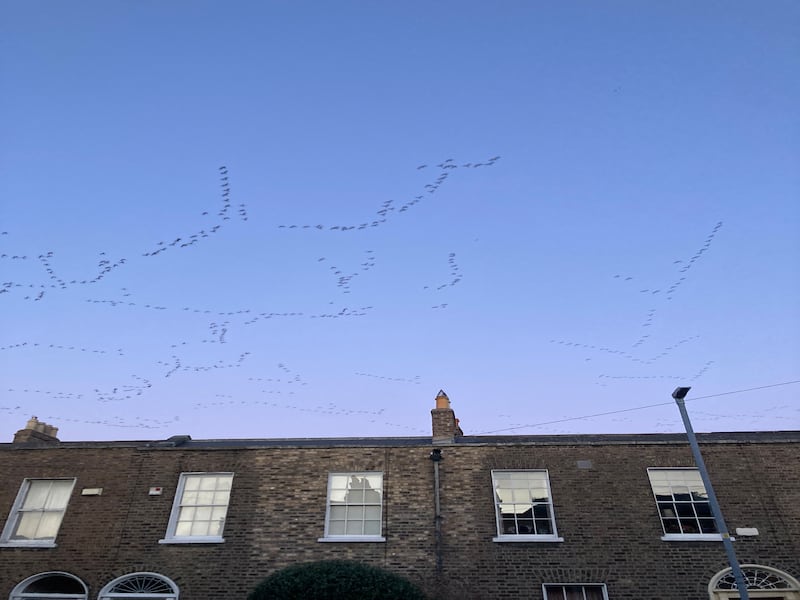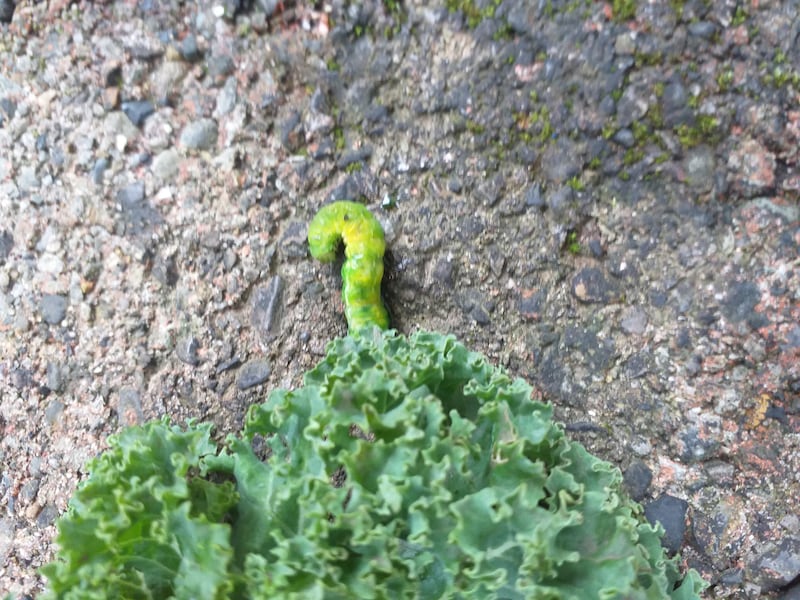While strolling in Bushy Park in mid-January, I heard a distinct drumming noise coming from the tree canopy. Having checked online, I think it was the sound of a woodpecker. I’m a regular visitor to the park but never heard such a sound there before. Is it possible that woodpeckers have taken up residence in such an urban location? Paul Barron, Dublin
Heard but not seen. Birdwatch Ireland kindly provided the photo taken in Co Wicklow by Dick Coombes. Lorraine Bull, biodiversity officer with Dublin City Council (a much more reliable informant than a random check online) tells me that she has recently received several reports of a woodpecker drumming in Bushy Park. Birdwatchers first recorded the greater spotted woodpecker as a rare vagrant in the 1800s – before that there were only prehistoric bones from a cave in Co Clare. They began to turn up in the 2000s in an expansion of the range from Britain and were breeding here by 2008. They now occur in all Irish counties. Drumming in January and February is a definite sign of interest from a prospecting male.

I refer to your recent answer to the question on flatworms sent in by John Mullins from Cork. I think this worm is not the New Zealand flatworm that we have known in Ireland for a long time, but a different species called Caenoplana variegata (yellow-striped flatworm). In the online photograph (which has good resolution) you can clearly see the yellow band on top with two thin brown lines. The New Zealand worm is dark brown on top with yellow sides. We have three previous records of C variegata, two from Dublin and one from Cork, but haven’t published that yet. It is believed to eat woodlice and other Arthropoda, and by coincidence there is a woodlouse in this picture! Olaf Schmidt, University College Dublin
You live and learn. C variegata is an Australian species of flatworm that was first recorded in Britain in 2008 and now would seem to be here as well.
READ MORE

I found these lovely plants on a dead moss-covered branch in a hedge. Any idea what they are? Jim Howley, Co Meath
It is a fungus called the scarlet elf cup, Sarcoscypha austriaca. It grows on buried twigs of birch and willow and sends up its scarlet fruiting bodies at this time of year.

I looked up on hearing the especially evocative sounds of geese wings rushing through the cold air and was greeted with this sight. Michael Deasy, Dublin
Dublin Bay holds internationally important numbers of pale-bellied brent geese, which visit each winter from the Canadian Arctic. By this stage of the year, they have exhausted the feeding on the salt marshes and mud flats and so fly each day to feed on the short grass of city playing fields. They return each evening to the safety of the salt marshes in typical V formation. They will be gone by late March.

I found this caterpillar on my kale on the last day of January. My guess it’s from a cabbage white, which I normally must pick off the veg before cooking in July. Is it very early or very late? Kevin Lalor, Co Kildare
Just because it is emerging from kale – a member of the cabbage family – doesn’t make it a cabbage white caterpillar. Cabbage whites overwinter as pupae (chrysalises), and the caterpillars are rampant on the cabbage in summer. This lurid creature is the bright green form of the caterpillar of the angle shades moth. It feeds at night on a great variety of plants and can be around during mild weather in the winter. Don’t eat it with your kale.
Please submit your nature query, observation, or photo with a location, via irishtimes.com/eyeonnature











